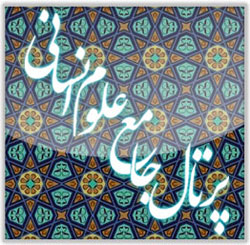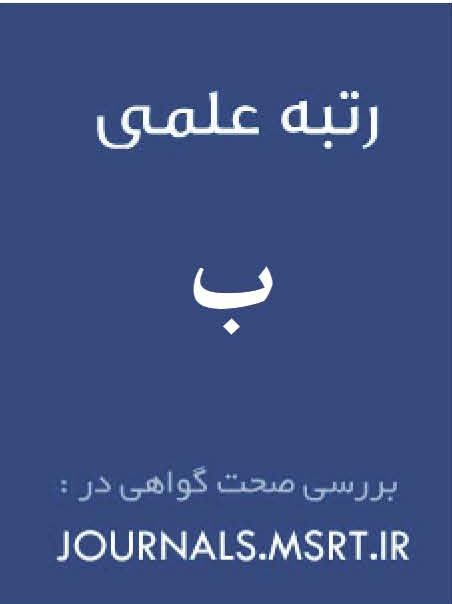Institutionalization of the Rulings (Marriage and Divorce) in Society with a Process-Oriented Approach Focused on Madinan Chapters
Keywords:
Institutionalization, reductive interpretation, verses of the rulings, marriage, divorceAbstract
The aim of the present study is to examine the tanzīlī (gradual revelation) process of the Qur’anic legal verses (āyāt al-aḥkām) concerning marriage (nikāḥ) and divorce (ṭalāq). This research addresses the transformation and development of the Qur’anic verses on marriage and divorce throughout their historical trajectory—Meccan and Medinan. According to the tanzīlī methodology, the verses on marriage and divorce are read in the order of their revelation. In this context, the interaction between marriage and divorce as two constructive and restrictive elements is analyzed, along with the method of institutionalizing the rulings on marriage and divorce and the strategies for discouraging divorce, in order to derive a methodological framework. This approach seeks to contribute to the emerging field of fiqh al-Qurʾān al-tanzīlī (process-based Qur’anic jurisprudence) as an alternative to the conventional fiqh al-Qurʾān. Within this method, the subject of marriage and divorce has its own point of initiation, process of continuation, and particular fruition. Initially, the verses related to marriage and divorce are extracted. In the next step, the verses are organized into hierarchical levels, followed by their classification. In this process, not only the content of individual verses but also the developmental sequence is considered essential. The findings indicate that the verses can be categorized into five stages: cultural preparation, initial legislation, primary harm analysis, secondary legislation, and secondary harm analysis. This demonstrates the dynamic and evolving nature of the rulings on marriage and divorce in society, highlighting the necessity for contemporary jurists to pay closer attention to this dynamic process.
Downloads
References
Behjatpour, A. (2011). Hamgām bā Wahy (In Step with Revelation) (Vol. 1). Tamhid Institute.
Behjatpour, A. (2017). Seyr-e Farhangsāzī-ye Pooshesh-e Eslāmi (bā Ruikard-e Tafsir-e Tanzili) (The Process of Culturalization of Islamic Dress (with a Revelational Exegesis Approach)). Tamhid Institute.
Javadi Amoli, A. (2015). Tafsir-e Mawzū'ī-ye Qur'an-e Karim: Khānevādeh dar Qur'an (Thematic Exegesis of the Holy Quran: Family in the Quran). Isra.
Kazemzadeh, M. (2019). A Comparative Study of Revelational Exegesis (Tafsir-e Tanzili) and Textual Exegesis (Tafsir-e Mushafi). Quranic and Hadith Studies, 7(1), 61-82.
Ma'refat, M. H. (1996). Al-Tamhīd fī 'Ulūm al-Qur'an (The Preamble in the Sciences of the Quran). Al-Tamhid Institute.
Musavi Moqaddam, S. M., & Modarresi Mosalla, S. M. (2010). A Review of the Article "Nikāh and Talāq" from the Encyclopaedia of the Qur'an (Leiden). Journal of Orientalist Quranic Research(26).
Rostami, A. (2013). The Necessity of Thematic Exegesis in Confronting Emerging Doubts. Quarterly Journal of Quranic Knowledge, 8(3), 97-110.
Subhani, J. (2001). Al-Tamhīd fī 'Ulūm al-Qur'an (The Preamble in the Sciences of the Quran). Imam Sadiq (a.s.) Institute.
Tabatabaei, M. H. (1995). Tarjomeh-ye Tafsir al-Mizan (Translation of Al-Mizan in Exegesis). Islamic Publications Office of the Seminary Teachers Society.
Downloads
Published
Submitted
Revised
Accepted
Issue
Section
License
Copyright (c) 2025 Majid Keyhanfar (Author); Mohsen Qamarzadeh; Hamed Marefat (Author)

This work is licensed under a Creative Commons Attribution-NonCommercial 4.0 International License.







